If you’ve been to Bangalore’s Lal Bagh gardens, chances are you’ve probably seen the iconic 7-metre wide Floral Clock set that sits in the lawns just as you enter the main gate:
Pic – indiamike
That clock was made by HMT Watches, a government owned subsidiary of the Hindustan Machine Tools company, that is now being shut down after more than 5 decades of its existence.
If the name sounds familiar, it should—HMT Watches were market leaders in watch manufacturing and sales, being the first to introduce a multitude of models and different kinds of watches into India. One model, called ‘Kanchan’ was even known as the ‘dowry watch’, simply because entire weddings would be put on hold until the watch was made a part of the marriage agreement.
Pic – icultist | Flickr
Our grandfathers would sport HMTs, not because it was a status symbol, but because it was a home-grown piece of manufacturing that actually worked and stood the test of time, much like the Hindustan Ambassador, which was also recently killed.
Started in collaboration with Japan’s Citizen Watches in 1961, HMT Watches were once the epitome of precision manufacturing and production. The following video, that was made in the 1970s, documents their rise to fame and the way they handled their production:
From clock towers to temple clocks, to the HMT Bhavan on Bellary Road in Bangalore, HMT Watches were literally everywhere:
The HMT clock at Chamundeshwari Temple, near Mysore
Pic – Ryan | Flickr
However, HMT’s dominance was slowly encroached upon by newer companies with newer technology in the 1980s, and even capital infusion into the company couldn’t turn the odds back to their favour. They constantly reported ever-growing losses, that last of which came in 2012-13, which saw the company incurlosses of Rs. 242.47 crores.
The shutting down of HMT Watches isn’t about the loss of just another company. It’s about the death of an iconic symbol in Indian history, the final breath of a once-great entity that people related to; the death of the “time keepers to the nation”.
1. HMT Watches were the first company to introduce Quartz watches into the Indian watch market. Yet, HMT is still one of the only remaining watch makers to regularly use mechanical components in their watches.
2. They were also the first to introduce Braille watches.
3. Indian movie star Sunny Deol still wears an HMT Watch, even though he has to wind it up every day.
4. The last HMT store is in Delhi’s Connaught Place.
5. HMT’s first watches were released by then Prime Minister Jawaharlal Nehru.
Watch-lovers in India are in despair, now that it is clear that the iconic Indian watch brand, HMT, will soon be shutting down. Set up in 1961, HMT is a state-owned manufacturer that collaborated with Japan’s Citizen Watches to produce a range of watches that Indians were proud to sport. But the company, headquartered in Bangalore, has been making losses since 2000. This week, the government decided to shut HMT Watches and HMT Chinar Watches down on the recommendation of the Board for Reconstruction of Public Sector Enterprises.
A HMT watch was an integral part of the unofficial uniform of Indian office-goers through the ‘60s, ‘70s and ‘80s. Even today collectors of HMT timepieces swear by the brand’s retro appeal, its reliability and its undeniably Indian flavour.

When online retailer Flipkart started selling HMT watches, the more popular models were sold out within minutes of listing it on the website, say watch collectors. HMT Watches started its own online sales in mid-August and many believed that this was a sign that the company was turning around. Its advertising slogan, "Timekeepers to the Nation", was certainly apt.
Prashant Pandey, a resident of Bangalore and HMT aficionado, has collected more than 500 pieces in just a few years. “I saw my grandfather wear a HMT watch,” he said. “My wife’s grandfather had a Pilot, which he passed on to me. There’s a lot of emotional attachment to these watches. I am shattered. This is a legacy coming to an end.”
This 1977 video from the Films Division explains the making of that legacy.
And here are some iconic designs of HMT Watches.
Janata
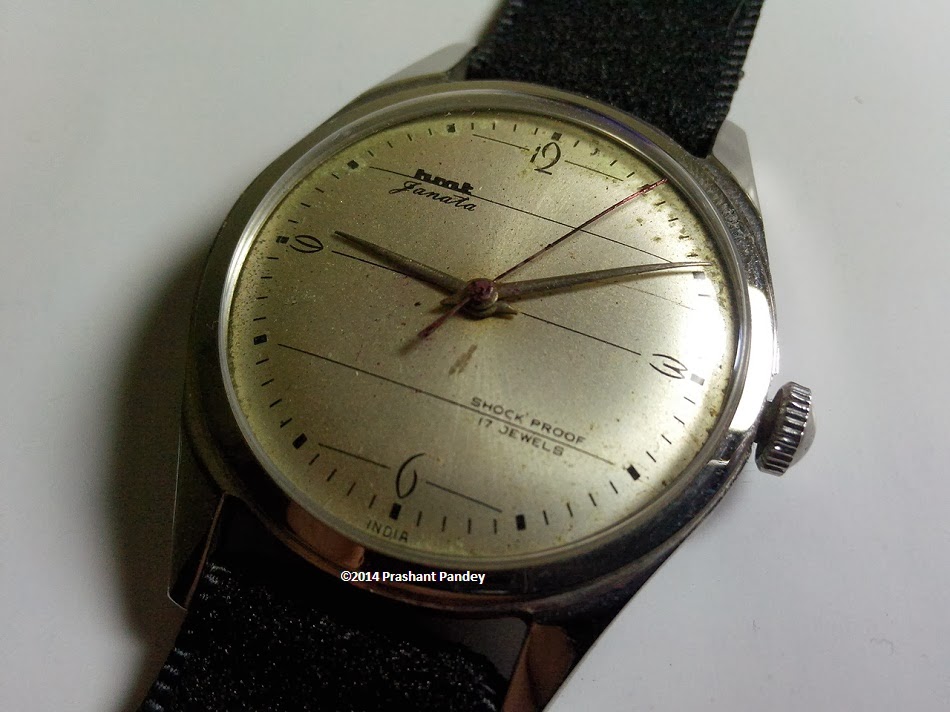
Among the first watches to be made by HMT, the Janata was a favourite of Prime Minister Indira Gandhi. This winding watch was plain, affordable and had more than 25 variants. Janata watches have been known to tick on for more than 40 years.
Pilot
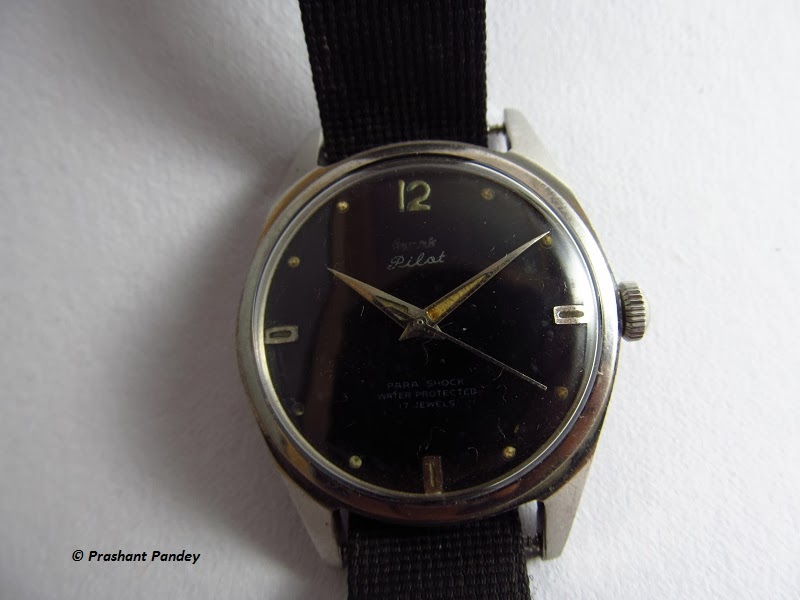
The Pilot, along with Jawan, Sainik and Rakshak, were synonymous with the military. Though these were not specialised military watches, they were supplied to the Indian Army, Air Force and Navy, which were HMT’s biggest customers. The Pilot is a favourite of watch collectors.
Sona
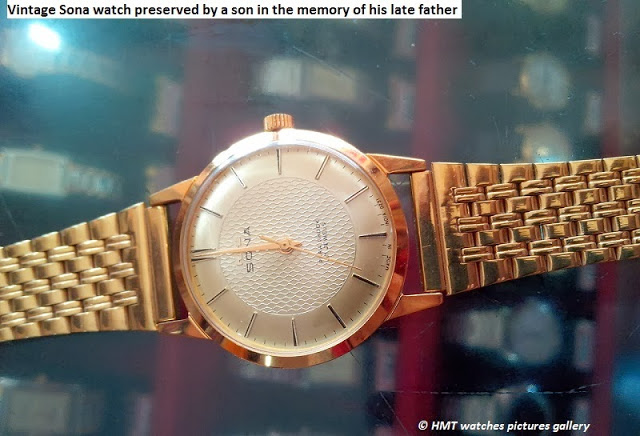
The quintessential dress watch, the Sona was a winding watch and the thinnest model made by HMT. It is known for its high-quality gold plating.
Kanchan
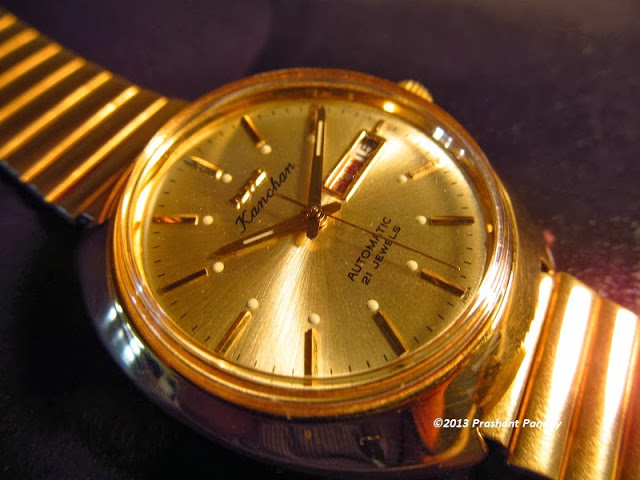
This automatic model was also known as the "dowry watch". Pandey recounts stories he has heard of people lining up outside HMT showrooms as early as 5 am with letters from various political leaders recommending that a Kanchan watch be given to the bearer of the letter. “If there was no Kanchan watch then the marriage would not happen,” said Pandey.
Astra
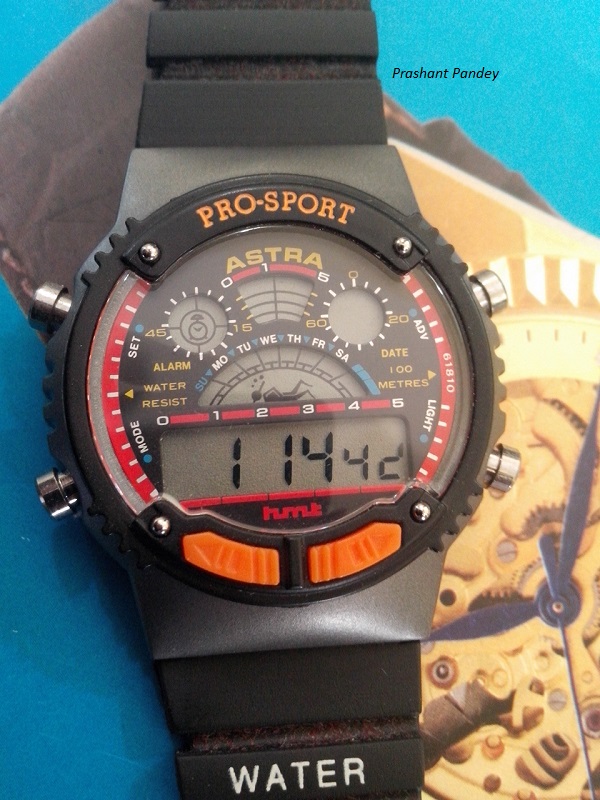
The Astra was the first HMT watch with a digital chronograph, a stopwatch combined with the display. Buyers were willing to pay a lot more than company price to get their hands on it.
Old HMT watches are still in high demand among collectors. Pandey runs a blog to help HMT watch seekers avoid getting fleeced in the online market and says he gets a large number of requests for help to find Pilot watches. The key to the HMT watch, Pandey says, is that it looks like “a new antique”.
Discontinued
Sony have finally released the replacement for the T610 in Europe, coming out with the rather snazzy looking T630, available in a translucent frosted silver case in Europe and a semi-translucent black case in the United States.
It's a definite improvement over the T610 model in two important areas. Firstly, the screen is much better, having been borrowed from the Sony Ericsson Z600 model - consumer feedback on the T610's screen was pretty poor, so this will be a definite improvement. The second area is the inbuilt digital camera, which can now support an output of 640x480 pixels - although it appears that this is done in software and the camera is still a 352x288 pixel device.
Overall, the enhancements are pretty minor, but they do overcome most of the T610's shortcomings. However, probably the key selling point is the T630's looks - the packaging is very reminiscent of the fashionable Apple iPod look and it's quite likely that this will be the main sales driver for this phone.
The phone comes with the usual things like Java, GPRS, games, predictive text and polyphonic ringtones, so no surprises there.
What is interesting is the timing of the phone's release. The T630 was launched in Asia in late November 2003, but in Europe Sony Ericsson were still pushing sales of the T610 and keeping the T630 very much under their hat - announcing the T630 would probably have killed sales of the T610 altogether. This is bad news for customers who have just bought a T610 for Christmas, on the back of Sony Ericsson's extensive TV and press campaign.
Initial launch in Europe is on the T-Mobile network. The phone is free on many pay monthly tariffs.



Gertie the Dinosaur was released in 1914 by Windsor McCay. It was the first film to use some animation techniques such as keyframes and tracing paper, and was the first film to feature a dinosaur.
100 years later and we have come a long way in animation technology as well as scientific knowledge of dinosaurs. Hollywood has featured dinosaurs in popular science fiction movies, and BBC has published many documentary-style films about prehistoric life. In December 2013, BBC released a reboot of their popular Walking with Dinosaurs documentary with a new 3D film.
Happy centennial, Gertie!
Winsor McCay had made two animated films before "Gertie". The first, "Little Nemo"(using characters from his popular newspaper strip), debuted in 1911. "Little Nemo" used four thousand animation drawings. McCay then hand-colored the 35mm frames to achieve a very striking effect. The film was used in his vaudeville act. There is no storyline to "Little Nemo"; it is more of an experiment in movement. The animation is quite precise and the effect very dreamlike.
"Little Nemo" was well received, and McCay began work on his second film, "The Story Of A Mosquito". The film took one year to complete. "The Story of a Mosquito" tells a comic story of a mosquito's encounter with a drunken man. The film also made a big hit, but theatre patrons suspected that McCay was performing some sort of trick with wires. Motion pictures were quite new, and movie audiences were quite naive and still getting accustomed to the idea. The idea of a drawing coming to life was almost unheard of.
McCay decided to animate a Dinosaur to prove that his drawings were moving. The notion of bringing a dinosaur "to life" was astonishing. Thus, in 1913 McCay began to animate "Gertie The Dinosaur".
McCay enlisted the help of a young neighbor, John A. Fitzsimmons. Fitzsimmons traced the backgrounds onto rice paper, and McCay did all the drawings of Gertie. Ten thousand drawings were inked on rice paper and then mounted on cardboard for registration. By mounting them on cardboard, McCay was able to flip the drawings through a primitive machine to check his work.
Without guidance, or anything but his own experience to rely on, McCay produced an astonishing piece of animation that holds up even to today's standards. McCay painstakingly animated details such as particles of dirt falling, and water dripping. He gave Gertie personality and emotions. We see her eating, drinking, playing, and even crying.
In February of 1914, "Gertie the Dinosaur" debuted in Chicago as part of McCay's vaudeville act.
McCay, brandishing a whip, would appear onstage to the right of a movie screen. He would first speak to the audience, explaining how animated films were made, photographed, and projected. He would then introduce Gertie as "the only Dinosaur in captivity". At the crack of the whip, the film would start.
At first, Gertie shyly pokes her head out from behind some rocks in the distance. She is hidden, and the audience has no indication of her height and girth.
McCay encourages Gertie and cracks the whip several more times. Finally, Gertie hops out from behind the rocks, and lumbers towards the audience. On her way to the foreground, Gertie picks up a rock and swallows it whole. As she reaches the foreground, she casually, bites off most of a tree and eats it.
McCay cracks his whip, and commands Gertie to bow to the audience, and to raise her foot. At one point Gertie gets angry and snaps at McCay. The animation here is tremendous as Gertie lunges forward towards McCay. McCay scolds Gertie, and she begins to cry.
McCay appeases Gertie by offering her an apple. In a wonderful example of interaction with Gertie, McCay appears to toss an apple towards Gertie. The apple appears on the screen, and Gertie catches it in her mouth.
As the act proceeds, Gertie continues to be distracted from obeying McCay. A sea monster momentarily appears in the lake, a four-winged lizard flies across the background. At one point a Wooly Mammoth, "Jumbo" walks across the screen in front of Gertie. She picks him up by the tail and hurls him into the lake. While Gertie dances in triumph, Jumbo squirts her with water. She retaliates by picking up a rock and throwing it at him.
Gertie becomes thirsty from all of her activities, and decides to take a drink from the lake. She drinks the lake dry.
In the films finale, McCay himself walks onto the screen and becomes part of the animation. He cracks his whip, and Gertie obediently places him on her back. Together they walk off camera.
The act was an instant sensation, and Gertie became one of the first cartoon "stars". Although no film exists of McCay performing the act, in September of 1914 a film with a live-action prologue and epilogue was produced. In the film McCay makes a bet with friends that he can bring a Dinosaur to life. McCay's stage dialogue with Gertie was replaced with inter-titles, and the film still kept much of its charm.
A film with a "star" and a storyline, "Gertie the Dinosaur" became a landmark in the history of animation.
Of the ten thousand drawings used to make the film, only about four hundred are known to exist.
McCay went on to create several more animated films, and made one of the first to use Cels rather than paper. "Gertie" still stands as his masterpiece, and the most influential animated film of all time.
I had missed this movie a the theatre when it was released. So I caught up when the DVD came out. And boy, had fun watching it and reminiscing of the good old days. It is a fresh , nice , simple movie, with it’s heart in the right place, and nothing vulgar. The story of the girl falling for and pursuing the boy has been told many times, but here there was a certain freshness to it.
In the movie’s first scene, when baby Pooja is born, and the good doctor is informed that it is a boy, an interrupting person in the room congratulates him. “Having a boy baby is much better than a girl baby”, he says, and proceeds to support it with some of his points. Doctor Mathew looks heavenwards and says “Praise the Lord !”
Then the nurse arrives and informs him , saying she had made a mistake. And the baby is a girl, not a boy. The stranger who had earlier congratulated him, now gets up and walks away. Doctor Mathew looks heavenwards and says “Praise the Lord again !”
A simple , but important message, to love the girl child. From this point , the movie talks of only one thing- Girl Power ! Kudos for the makers to take time to weave this into the very first scene.
The main character and narrator of the movie, Pooja Mathew, played innocently by Nazriya, is born in 1983, the year I was born. And throughout the movie, the story makes numerous tributes to many things of that era. It was a fun going back in time, and here is the list I could point out.:
My only rant about this movie, Dr Mathews. Nicely played by Ranji Panikker, this father is by far the most carefree father I have seen, in movie or real life. He does not worry when his teenage daughter leaves home often, or notices the sudden changes in her mannerisms. He is not at all concerned when the grown up Pooja leaves and arrives home at odd hours, even 12 in the night. He gifts her a cell phone in high school and is not worried if it might be misused. And when he finally knows about her affair, is so cool about it, he welcomes them whole heartedly without thinking of the possible problems of this relation to his family and community. I have seen some dads who are casual to their children, bug Dr Mathews is lost in his own world, and is a lazy and careless dad.